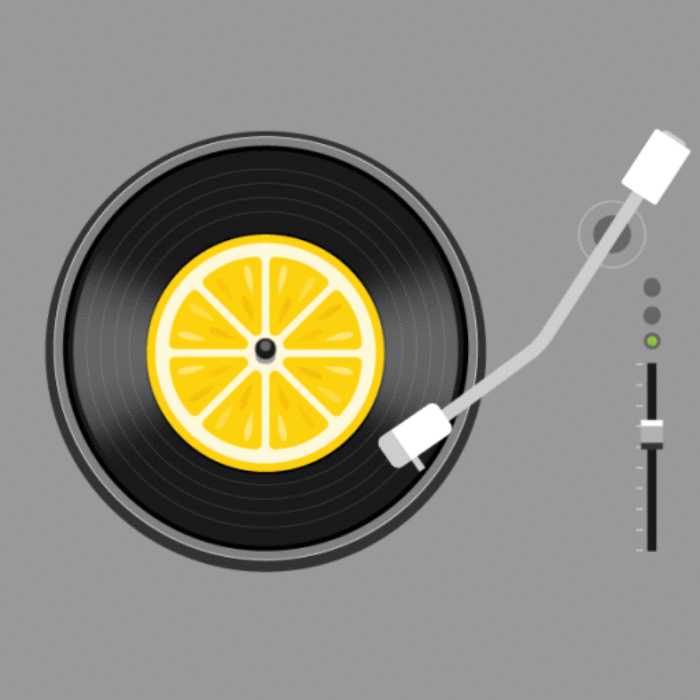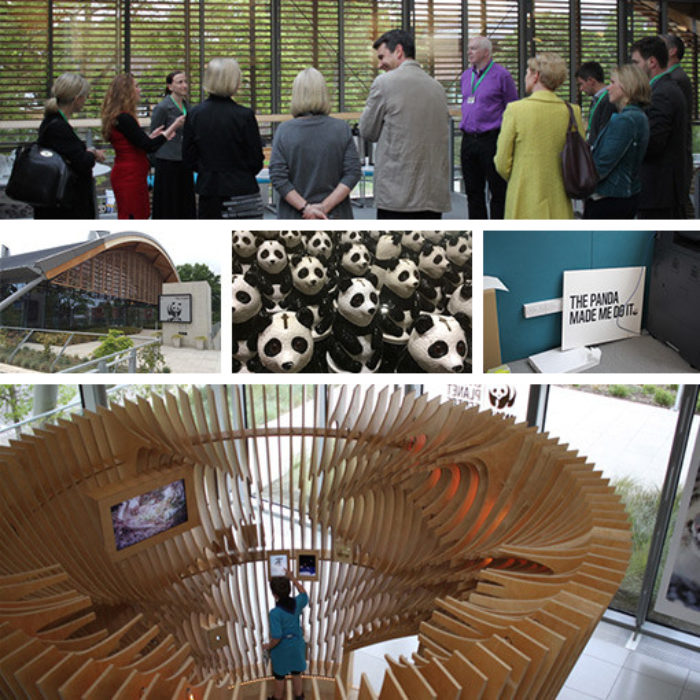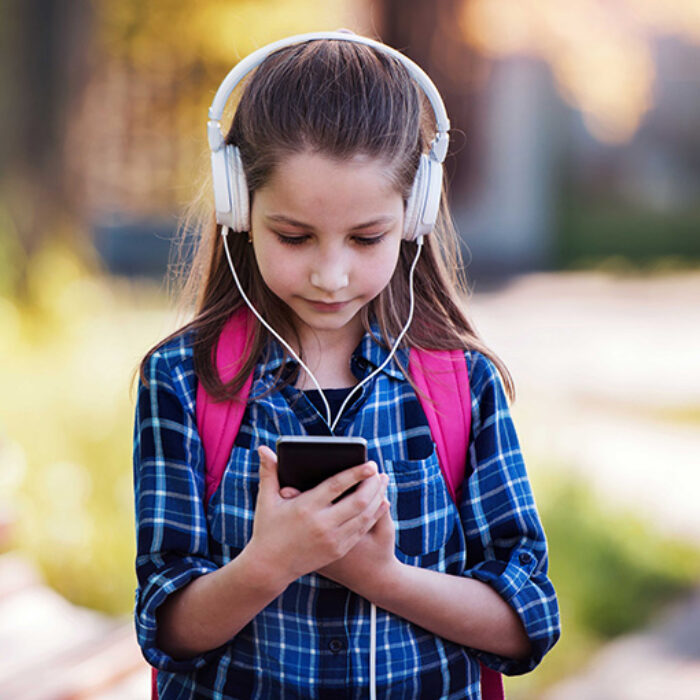What makes an innovator (part 2): Harness all of your senses
This blog series is exploring the shared characteristics of innovative people and organisations, with a particular focus on what innovators think, feel, believe and do. We’ll also look at how we can all do more to encourage and create innovative workplace cultures.
The second of the characteristics shared by all with a spirit of innovation is: Innovators harness all of their senses. Ready to be sensational?
High five
Innovators seek inspiration from all five senses. Let’s explore them.
Sight: “All our knowledge has its origins in our perceptions,” said Leonardo da Vinci. While science has moved on since the 15th century, for most of us, sight is the predominant sense. Processing what we see engages 25% of our brain and over 65% of all our brain pathways, says Amy Herman in her book ‘Visual Intelligence’1.
Sight, like all of our senses, helps us form strong links. But it’s far from perfect.
We can learn a lot about our propensity to innovate, from the way our brains overcome the shortcomings of our sight. There are six significant limits to our eyes:
- The blind spot: We have a blind spot of around six degrees in our vision where there are no receptors at all.
- Our eye movements blind us: Every time our eyes move from one object to another our visual system suppresses input. We’re not even aware it happens, but with approximately 150,000 daily eye movements, it adds up to about four hours of blindness per day2.
- We only focus on small parts of what we look at: Our eyes focus on particular points. The small part of our retina that encodes this information is called the fovea and it equates to about the width of two thumb nails at arms-length. Everything else is fuzzy, and part of our peripheral vision.
- We can only give our attention to one thing at a time: Remember the video clip of someone in a gorilla suit walking through the middle of a basketball game as we count the number of passes? Less than half the participants noticed its presence. This is called inattentional blindness3.
- We fail to notice changes: In an experiment, someone on a campus asks a passer-by for directions. During the conversation two men carry a door between the people talking. Behind the door the original experimenter is replaced by someone else. The passer-by doesn’t notice that the person they were talking to has changed. This is called change blindness.
- We don’t see the present: Here’s the kicker. It takes around a tenth of a second for the light registered by the retina to get to the brain and be formed into a visual representation. That means we only ‘see’ the past. For that reason, our brain adjusts and predicts the future. For example, we use something called representational momentum to predict an object’s trajectory.
Sound: What about the impacts of what we hear? “Music taps into primitive brain structures involved with motivation, reward… emotion (and memories),” says record producer and neuroscientist Daniel Levitin. This emotional engagement is essential when trying to help people think differently, buy in to a brand, or change behaviours. In a 2018 Live Nation study, 67% of people said the more emotionally engaged they are, the more open they are to new ideas. How might we all use sound and music to open people up to innovative thinking?
Smell: People can distinguish at least one trillion odours, according to a study at Rockefeller University and the Howard Hughes Medical Institute. There is a direct link between smell, memory, emotion and action. According to Professor Charles Spence at the University of Oxford: “[Smell] has a much closer, more direct connection with the emotional and memory circuits in our brain than any of our other senses.”
Touch: According to professor of neuroscience David J Linden, social touch can communicate “a range of emotional intentions including support, compliance, appreciation, dominance, attention getting, sexual interest, play and inclusion.” Touch also reinforces co-operation and loyalty.
Taste: Our sense of taste can also play a key role in social cohesion. In the words of evolutionary psychologist Robin Dunbar: “The act of eating together triggers the endorphin system in the brain, and endorphins play an important role in social bonding in humans. Taking the time to sit down together over a meal helps create social networks that in turn have profound effects on our physical and mental health, our happiness and wellbeing and even our sense of purpose in life.”
Prioritise the senses
We gather information through our senses. And we know the senses are the route to emotional engagement, and building strong connections with others. Why then would we design them out of innovative thinking in organisations?
My top tip: design them in. And here are three more tips into how to tap into the senses:
- Embrace the arts – especially ones you mightn’t normally turn to – and look to the sciences too. Why not both? Start by checking out #SciArt.
- Travel when and where you can. We are more likely to notice and be inspired by different sights, sounds and smells in a different city.
- Unlock your imagination – watch a random film on Netflix, read a new book, dream.
Ultimately, allowing ourselves and our workplaces to embrace all the senses fuels engagement and innovation. And in the words of Leonardo: “Common sense is that which judges the things given to it by other senses.”
Learn more
As discussed above, this is only the second of a series of planned articles on the characteristics of innovative people and organisations. Part three will be along soon, but in the meantime you can explore the full set in detail, by downloading our report Innovation for Everyone.
And if you want a chat about how to create a more innovative culture in your organisation, just drop me a line at John.Drummond@How-on-earth.co.uk
Sources:
- ‘Visual Intelligence: Sharpen Your Perception, Change Your Life’, Amy E. Herman, Houghton Mifflin Harcourt, 2016
- Kahn, Gustav, Experiencing the Impossible; the science of magic, the MIT Press, 2019 p84
- Arien Mack and others, MIT Press, 1998



